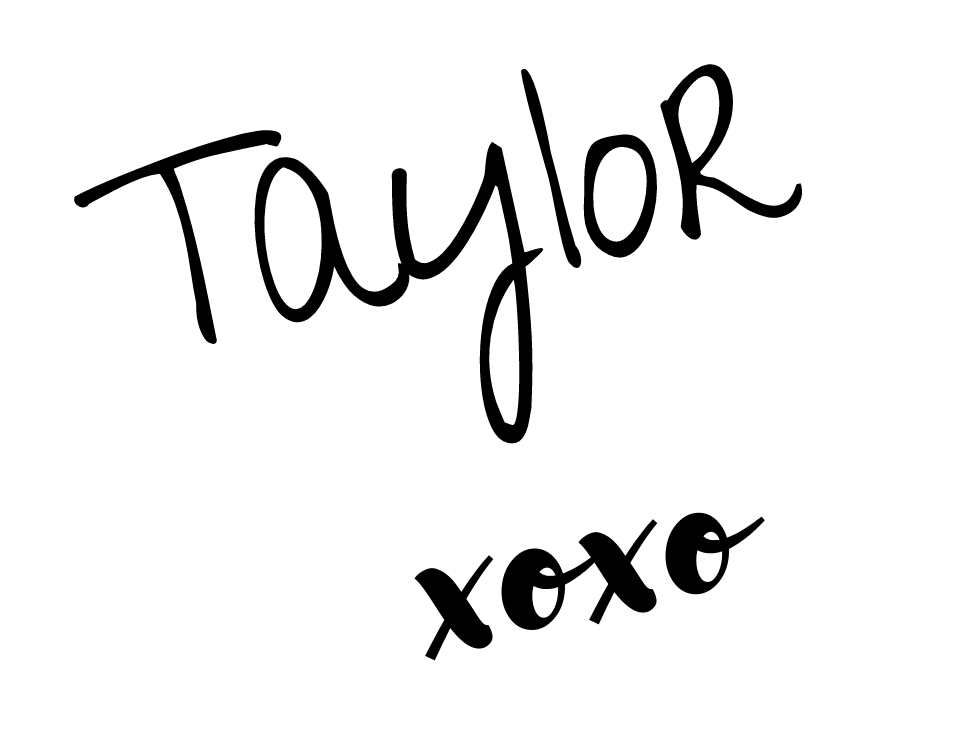
Commonly referred to as “Baby Step One”, the $1,000 emergency fund and why you need it!
In the Dave Ramsey “Baby Steps” of getting out of debt, the very first step is to save up a $1,000 emergency savings fund. This is before you start the “debt- snowball method” which is where you list all of your debts from least to greatest and pay them off in that direction. But whether or not you are a Dave Ramsey fan or follower, here is why I suggest that ANYONE have at LEAST a $1,000 emergency fund.
For some, only having a $1,000 emergency savings seems really low. I know when I first started out I was very unsure that $1,000 would be enough to feel comfortable! But the emergency fund is there to protect you from going further into debt if an emergency situation arose, like a car repair, medical bill, pet surgery, etc. It doesn’t have to be your only savings if you do not want it to be, it is just earmarked for specific cases.
If your car, the only way for your to get to and from work in this hypothetical situation, suddenly broke down and you needed to spend $1,200 on the repair- you have to, right? If it is your only option, it has to be done, and if you DON’T have that $1,000 set aside what are you going to do? Most people would probably say “pull out that credit card”, but we are trying to AVOID debt here.
When you have that $1,000 set aside, you can pay most of the bill with those funds and now you only have $200 to worry about. And I think anyone would agree that when something unexpected comes up you would rather need to figure out a $200 payment over a $1,200 one.
Some people get really intimidated by the idea of actually saving $1,000. I get comments on my different savings plans all the time “well what do you do if you literally don’t have any money left over to save?”. Which is a very real struggle a lot of people face, it isn’t always easy to set aside that money!
The first thing I suggest to do, when starting to save your $1,000 Emergency Fund, is to stop any extra payments you have going to bills and only pay the minimums due until you can some money saved up. This won’t account for the full $1,000 but it is a good place to start to at least get yourself some traction. The interest you’ll be charged for only making the minimum payments will be negligible, as after you have the $1,000 you can either start your debt- snowball or go back to your original payments.
The next thing I offer to clients is to evaluate their previous month’s spending and see where the budget can be cut. You can follow the Rachel Cruze “14-Day Money Finder” challenge, which I did a blog about here. Where it looks at your current situation and makes you take a good look at where your money is really going.
Finally, automate your savings! Set up automatic transfers out of your checking account to a savings account, or set it up with your direct deposit to put some of your paycheck away each pay period. When you treat your savings like it is a bill you have to pay, you are less likely to put it off.
It might sound like a lot at first, but once you have it set aside you won’t believe the peace of mind you will have. Emergencies feel less like emergencies when you are prepared. And as I always remind my clients, this sacrifice is temporary! If you have to cut your budget a little to get to that $1,000, it doesn’t mean that is how it is going to be for the rest of your life. Besides, you can do hard things.
As always, thank you so much for all of your support, Lovely Savers! I love sharing my tips and tricks for money and how to deal with everything in between. Please follow me on Instagram and join the Facebook Group: Sugar and Savings- Budgets and Saving Money to be a part of our community of other lovely savers. We share our thoughts, and plans with money, and we celebrate each other’s wins! And each month I go live to answer YOUR questions about personal finance!
Until next time, wishing you all Sugar and Savings,
